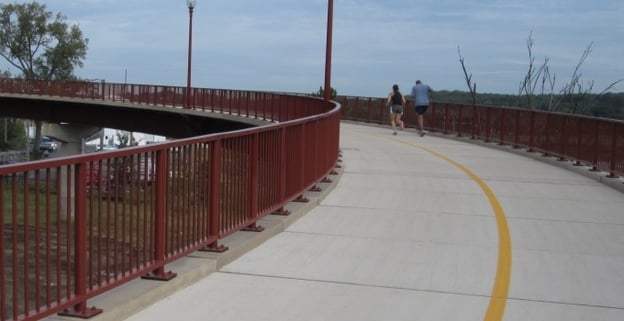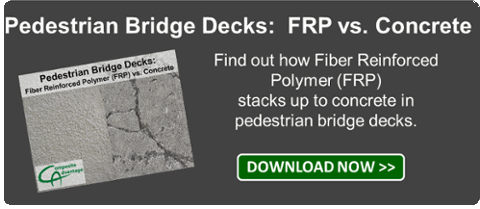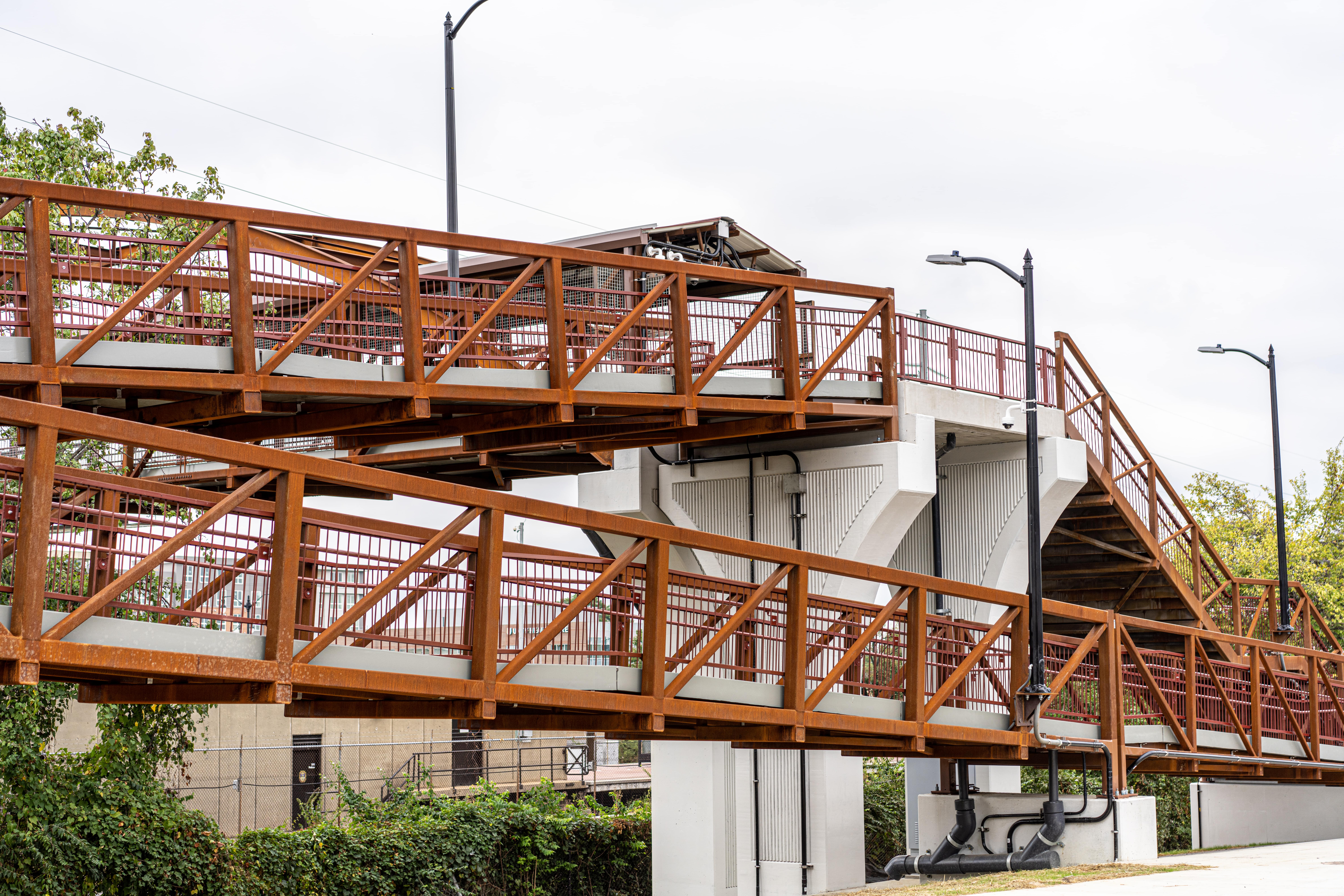
In the world of sports, some experts consider boxing to be the most physically demanding. And a lot of attention has been devoted to discussing the most effective training methods. Some still lean toward methodology that many consider to be “old school” while others embrace the evolution of sports science and performance nutrition. For example, the old-school approach builds on long distance road work while modernists subscribe to short, high intensity anaerobic bursts.
In the infrastructure arena, a similar struggle between old school and science is playing out. In a recent blog we talked about how the need for accelerated construction and zero maintenance, coupled with rising transportation costs, has put concrete (old school) in the ring with a lighter weight contender – Fiber Reinforced Polymer composites (science).
In January 2016, the Federal Highway Administration reported that 204 million daily crossings in the US span 58,495 bridges in need of repair According to NACE International, which was founded in 1943 as the National Association of Corrosion Engineers, there are “607,380 bridges in the U.S. Of that number, 235,000 are conventional reinforced concrete and 108,000 bridges are made of prestressed concrete." NACE International reports that approximately 30 percent of these structures are deficient.
Like a boxer’s training strategy, a look at the discipline behind FRP can shed some light on why composites continue to gain ground in the infrastructure market against more traditional favorites like concrete.
Perhaps one of the most important features bridge managers are looking for is corrosion resistance. FRP lasts more than 75 years and is resistant to water, salt, chemicals and hot/cold temperature extremes.
If you break down construction of the FRP material currently used for bridges and bridge decks even further, you’ll see why it's a winning combination. Fiberglass provides high strength. The polymer supports the fibers so they can do the heavy lifting. The polymer also encapsulates the fibers and protects them from chemical and UV degradation. The sandwich construction is the most efficient structure for carrying bending loads. The facing skins connected by fiberglass webs in a foam core simulates redundant I-beams. This means design flexibility in terms of stiffness, strength and size. This sandwich construction also accommodates embedded steel for concentrated loads and attachments.
It’s good to hear newly elected officials emphasize the need to invest in and fix our infrastructure. When it’s time to go to work, we’ve got a winning solution with the right “training” to take on those challenges. Want to dig further? Visit our resource center, product page or FRP library. 
